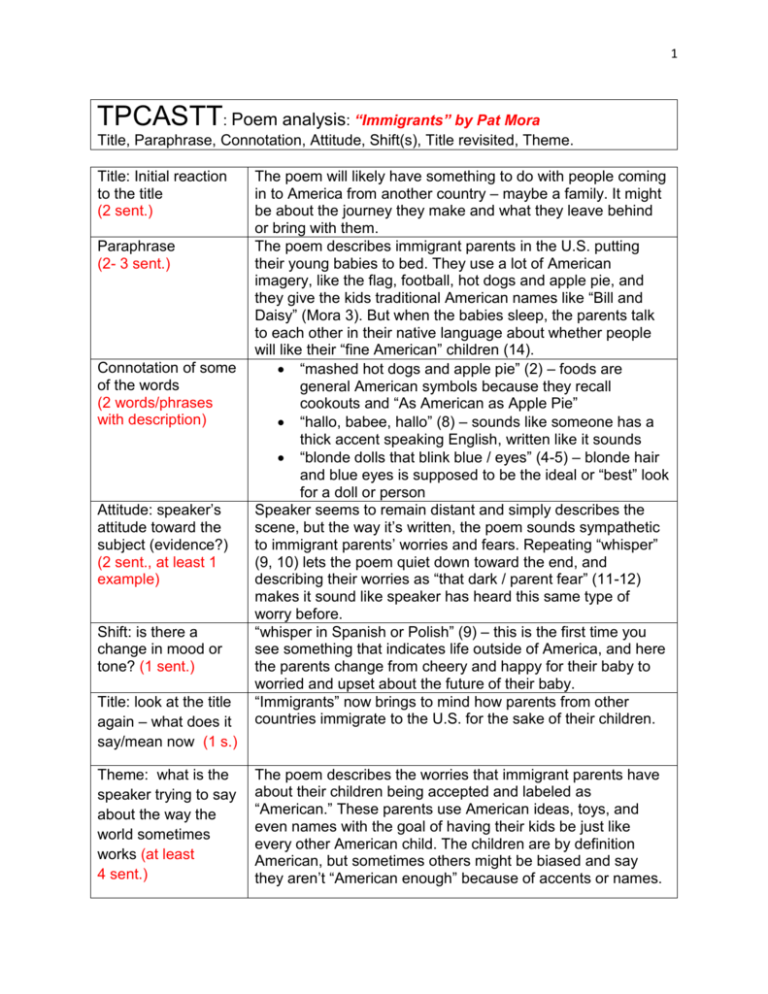
TPCASTT Poem analysis “Immigrants” by Pat Mora Title
Title: Poetry Analysis—TP-CASTT Created Date: 8/24/2018 9:53:12 AM
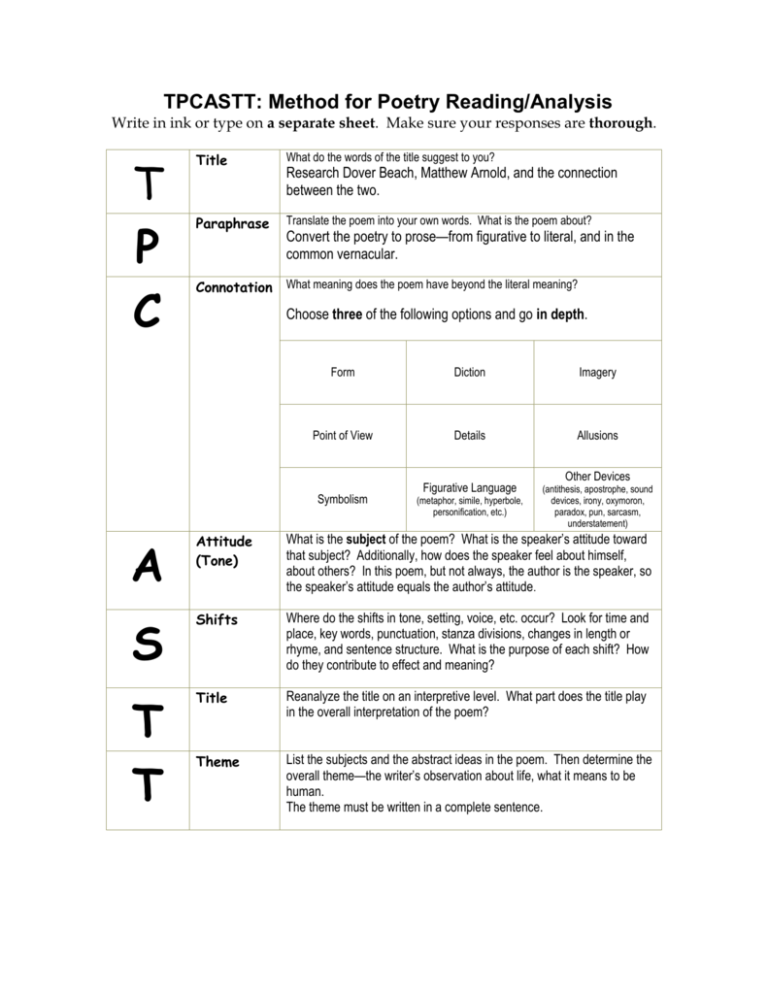
TPCASTT Method for Poetry Reading/Analysis
TWIST TWIST is a key method in literary analysis. As shown in the graphic above, TWIST stands for Tone, Word Choice, Imagery, Style, and Theme. All of these topics are important for students to understand while reading and using a storyboard to visualize TWIST can definitely increase their comprehension.

Tpcastt Poetry Analysis Worksheet T What is the poem's title about
TPCASTT Poetry Analysis TPCASTT for: Title T What is the poem's title about? What ideas does the title evoke? Paraphrase P Simplify. Rewrite the poem in your own words. Connotation Find the meaning beyond the C literal. What figurative devices, imagery, and sensory details could you find in the text? Attitude/Tone

Copy of Copy of Tpcastt and SOAP Poetry Analysis TPCASTT Poetry
What is TPCASTT poetry analysis? This fairly easy-to-remember little acronymic expression is a template for the analysis of poetry. This makes it perfect for students who have started learning about poetry.
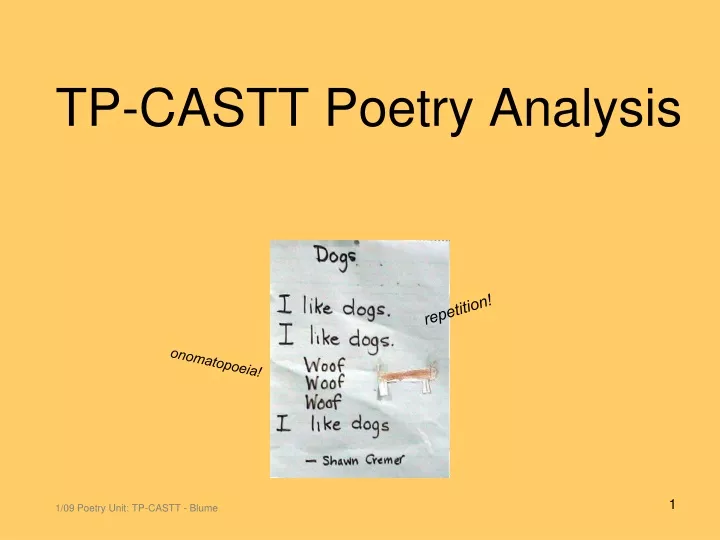
PPT TPCASTT Poetry Analysis PowerPoint Presentation, free download
Overview The focus of teaching the TP-CASTT method is to give students a tool that guides them to independently analyze poetry. You can use a variety of poems. If you teach 9th or 10th grade students, a good poem to start with is "We Wear the Mask" by Paul Laurence Dunbar.
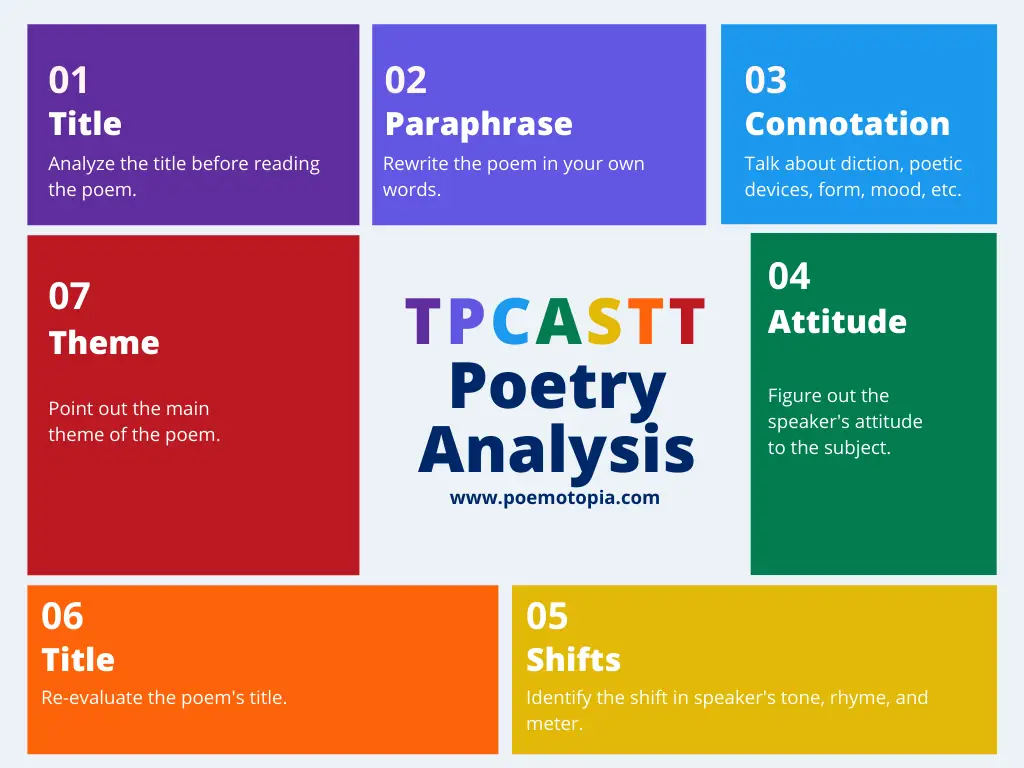
TPCASTT Poetry Analysis A StepbyStep Guide Poemotopia
TPCASTT is a poetry analysis acronym that stands for Title, Paraphrase, Connotation, Attitude, Shifts, Title, & Theme. It's a step-by-step guide that will help your students look at the many different layers of a poem to better understand and appreciate it. And, tpcastt can easily be used again and again with any poem!
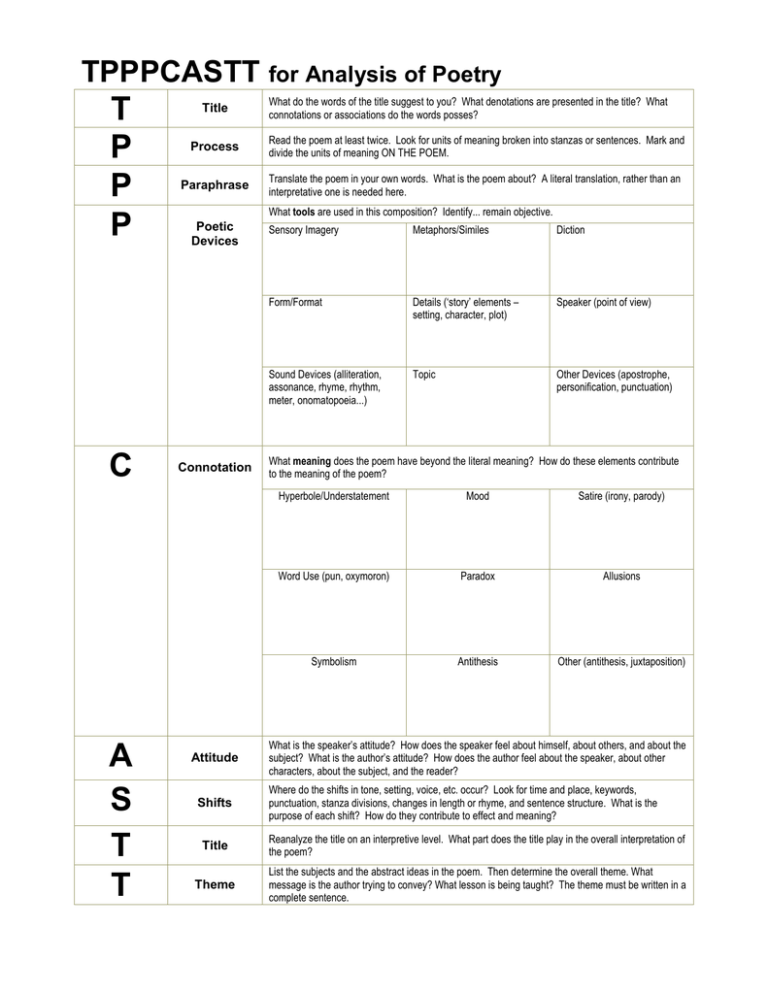
Using TPCASTT for Analysis of Poetry
TPCASTT is a stepwise poetry analysis method used to analyze a text with specific emphasis on the title, content, connotation, attitude, shift, and theme. The term TPCASTT comprises seven simple steps in order to point out the important aspects of a poem. This technique guides readers to appreciate a poetry text in a holistic manner.
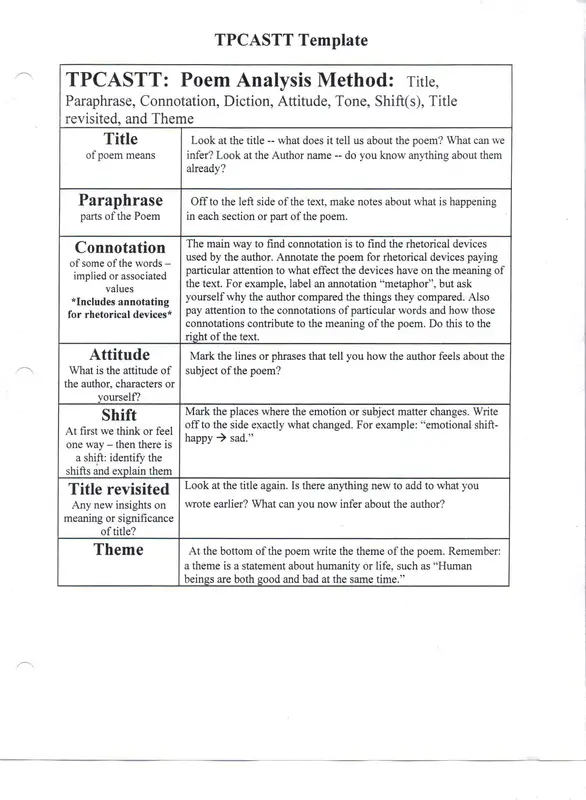
Tpcastt Poems
Poem Analysis
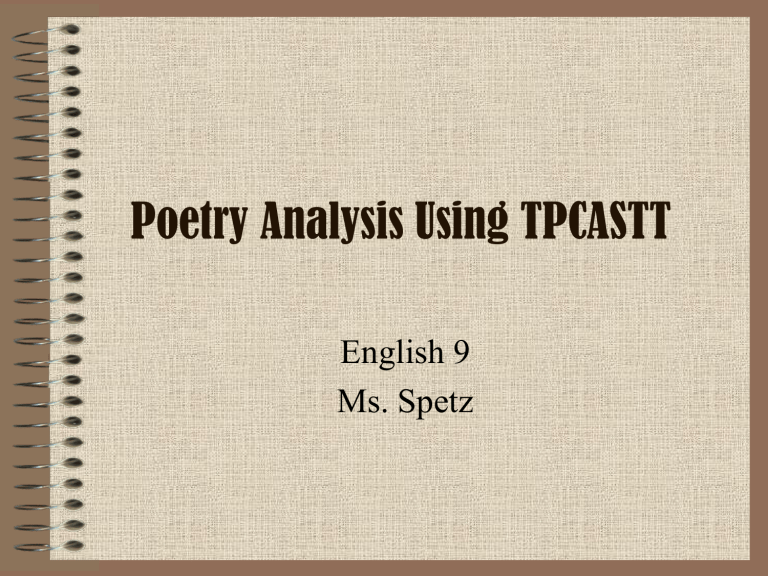
TPCASTT Poetry Analysis
TPCASTT is an acronym standing for title, paraphrase, connotation, attitude, shift, title (again), and theme. Students begin by looking at the title of the poem to determine what they think it might be about and what it might literally mean. Next, they read the poem and paraphrase it. What is the "story" of the poem in their own words?

PPT TPCASTT Poetry Analysis PowerPoint Presentation, free download
Poetry Analysis Using TP-CASTT Adapted from an original Powerpoint by Christy Roberts and Allen Edwards You will write these directly on the printed copy of your poem! You will write these directly on the printed copy of your poem! Getting Started… This is a process to help you organize your analysis of poetry.

TPCASTT Poetry Analysis Form
TPCASTT - Poem Analysis MethodOriginal Video and Subscribe to Faiza Siddiqui : https://www.youtube.com/watch?v=X6zGwyTadNwSubscribe and FollowE-Class G712 FB.

TPCASTT Poetry Analysis Understanding meaning and how technique
The TP-CASTT method of poetry analysis is a great way to teach students to dissect a poem and understand its parts. It helps students to uncover the deeper meanings within poems while giving them the confidence to be self-educators. TP-CASTT Poetry Analysis is an order of operations similar to PEMDAS for math.

Example of a TPCASTT Analysis Hopkinton High School English Department
The TP-CASTT method of poetry analysis is a great way to teach students to dissect a poem and understand its parts. It helps students to uncover the deeper meanings within poems while giving them the confidence to be self-educators. TP-CASTT Poetry Analysis is an order of operations similar to PEMDAS for math.

Tpcastt Chart Tp Castt Poetry Analysis T Title Poetry Cognition
TP-CASTT Poetry Analysis. TITLE: Consider the title and make a prediction about what the poem is about. _____ PARAPHRASE: Translate the poem line by line into your own words on a literal level. Look for complete thoughts (sentences may be inverted) and look up unfamiliar words. _____ CONNOTATION: Examine the poem for meaning beyond the literal.
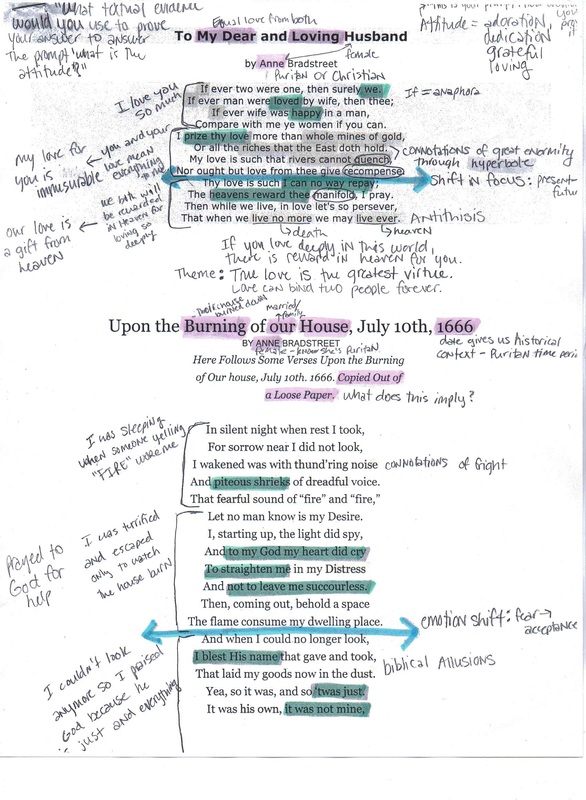
Tpcastt Poetry Analysis Example / Copy Of Tpcastt Template Docx Tpcastt
Lyric Poetry TPCAST Analysis. Engage your students in a lyric poetry analysis in an easy-to-fill-out Powerpoint file that allows students to analyze two lyric poems based on TPCAST (Title, Paraphrase, Connotation, Attitude, Shift, and Theme). The two lyric poems include "Nothing Gold Can Stay" by Robert Frost and "The World is Too Much With Us.

tpcastt form Poetry worksheets, Poetry analysis, Teaching literature
TP-CASTT Poetry Analysis. Before you even think about reading the poetry or trying to analyze it, speculate on what you think the poem might be about based upon the title. Often time, authors conceal meaning and give clues in the title. Jot down what you think this poem will be about. Before you begin thinking about meaning or trying to analyze.